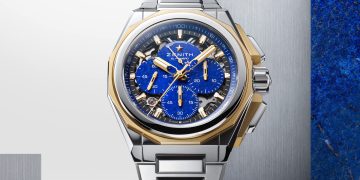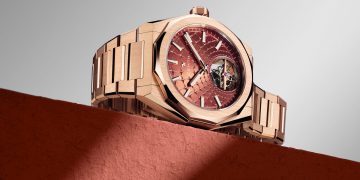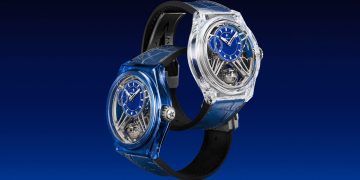Source: Images and content by The Art of Precision @ Jaeger LeCoultre.

The native soil of the Vallée de Joux
Jaeger-LeCoultre’s history is rooted in the Vallée de Joux, bordering the Swiss Jura Mountains. Beyond the peaceful image it conveys, this setting forged the very identity of the Manufacture. Against this backdrop where patience and calm are intrinsic to the landscape, there grew up a tradition of precision bound up with a profoundly authentic artistic élan.
A balance of technical sophistication and perfected skill
For Jaeger-LeCoultre, the quintessence of the watchmaker’s art lies in achieving a perfect balance between precision techniques and the deft craftsmanship required to perform them. From the invention of the Millionomètre to the Gyrotourbillon, this balance is expressed in the diversity of the Manufacture’s Rare Handcrafts (“Métiers Rares®”) and the many-faceted expertise of its master watchmakers, united in a common pursuit: to match technical sophistication with esthetic finesse.
Craftsmanship and precision
The Manufacture set itself two objectives from the outset: accuracy of the movement, and technical precision. These goals both emerged from, and flourished in, this Swiss natural setting, whose calm and serenity seem to abide, undisturbed, from one season to the next. The Manufacture’s master watchmakers are deeply influenced and inspired by this environment, throwing their heart and soul into every ingenious sketch, every oscillation of the balance wheel, every escapement wheel—always pushing the boundaries of precision.
An endless wellspring of inspiration
From its caliber to its case, every Jaeger-LeCoultre watch is entirely designed, manufactured and assembled under one roof. This is why the name Jaeger-LeCoultre is so closely associated with some very revealing figures. Almost 180 specialist skills and trades are assembled in our manufacture, along with nearly 1,250 calibers from the simplest to the most sophisticated and some 400 patents.
The quest for precision is also reflected in milestones of invention, all of them world firsts, from the first tools to cut the pinions invented by Antoine LeCoultre who was determinate to reach excellence. Then Millionomètre in 1844. First grande complication pocket watch in 1895. Chronomètre Geophysic in 1958. Jaeger-LeCoultre Caliber 920 in 1967. Master Control 1000 Hours in 1992. Gyrotourbillon 1 in 2004. Duomètre and Dual Wing concept in 2007. Grand Prix de Chronométrie in 2009 … This list is far from exhaustive, and is constantly expanding with new precision inventions that mark out the Manufacture as the irrefutable gold standard, both nationally and worldwide. At Manufacture Jaeger-LeCoultre, pursuit of excellence, attention to infinitely small details, and patience are necessary at every single stage of designing, making and finishing/completing each watch and clock.
When precision becomes art
Jaeger-LeCoultre has made precision an art form in its own right: because technical and mechanical precision are matched by the precision and artistry of the workmanship. Age-old skills like guillochage, engraving, gem-setting, and enameling are still at the heart of the expertise preserved in the Maison and its Rare Handcrafts (“Métiers Rares®”).
As the name “Manufacture” suggests, the hand of man is indeed at the helm here. It is man who dreams up and designs the prototypes. It is the hand of man that directs and breathes life into the tools and instruments, the movement and its heartbeat, the materials and the precious stones. These hands belong to craftsmen who never cease to hone their skills—that is, to ensure that their tiniest gestures are as careful, as rigorous, as fitting, and as precise as possible. Even if it means going higher than where the bar is usually set.








